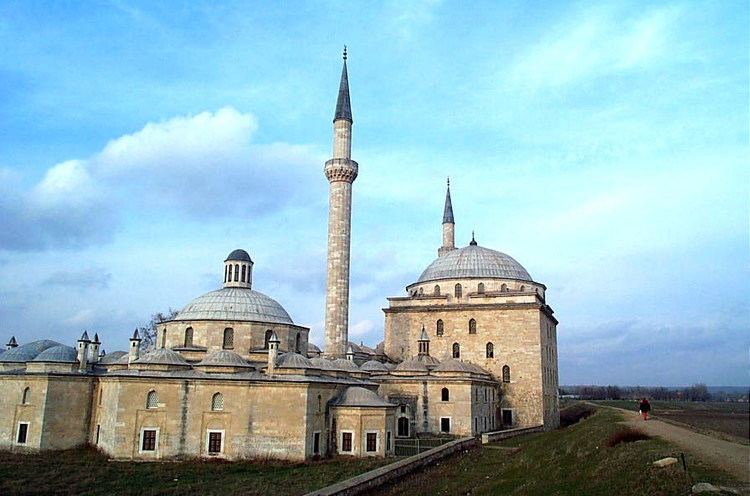Status Museum Opened 1488 Architectural type Mosque | Affiliation Islam Completed 1488 Groundbreaking 1484 Number of minarets 2 | |
 | ||
Architectural styles Ottoman architecture, Islamic architecture Similar Üç Şerefeli Mosque, Selimiye Mosque, Old Mosque - Edirne, Grand Synagogue of Edirne, Bayezid II Mosque | ||
Complex of sultan bayezid ii health museum dar ifa edirne
The Complex of Sultan Bayezid II Health Museum (Turkish: Sultan II Bayezid Külliyesi Sağlık Müzesi) is a hospital museum of Trakya University within the Complex of Sultan Bayezid II located in Edirne, Turkey.
Contents
A külliye is an Ottoman architectural concept that designates a complex of buildings centered on a mosque. Complex of Bayezid II Külliye was built in 1488 by the Ottoman sultan Bayezid II (reigned 1481–1512).
The complex contains a Dar al-Shifa (Turkish darüşşifa, "hospital, medical center"), and it remained in operation for four centuries from 1488 until the Russo-Turkish War (1877–78). The hospital was especially notable for its treatment methods for mental disorders, which included the use of music, water sound and scents.
The historic darüşşifa was incorporated into the structure of Edirne-based Trakya University in 1993, and converted into a "Health Museum" (Turkish: Sağlık Müzesi) in 1997, a museum dedicated to the history of medicine and health matters in general. It has been developing constantly ever since. It remains Turkey's only museum in its field and provides varied and valuable information to visitors on the development of medicine and of medical services throughout history, especially Ottoman history. The museum is the second most visited historical site in Edirne after the Selimiye Mosque. The museum was awarded the European Council's "European Council Museum Award" in 2004.
Medical school
The health institution was a medical school (Ottoman Turkish: Medrese-i Etibba). It ranked among the best 60 schools (madrasa) in the Ottoman Empire due to its high-paid scholar.
The medical school consisted of 18 student rooms and a classroom surrounding three sides of a courtyard with a shadirvan (fountain) in the middle. Famous Ottoman travel writer Evliya Çelebi (1611–after 1682) mentions in his book that the students of the medical school were mature phycians, who studied and discussed works of Ancient Greek philosophers, scientists and physicians such as Plato (428/427 or 424/423–348/347 BC), Socrates (470/469–399 BC), Philip of Opus, Aristotle (384–322 BC), Galen (AD 129– c. 200/c. 216) and Pythagoras (c. 570 – c. 495 BC). The physicians, each being a specialist in a different field, tried to find out the best treatment by studying valuable scientific literature on medicine. The books of the medical school are archived in the hand-written books library of Selimiye Mosque today.
According to Evliya Çelebi, following daily wages were paid to the staff and students:
